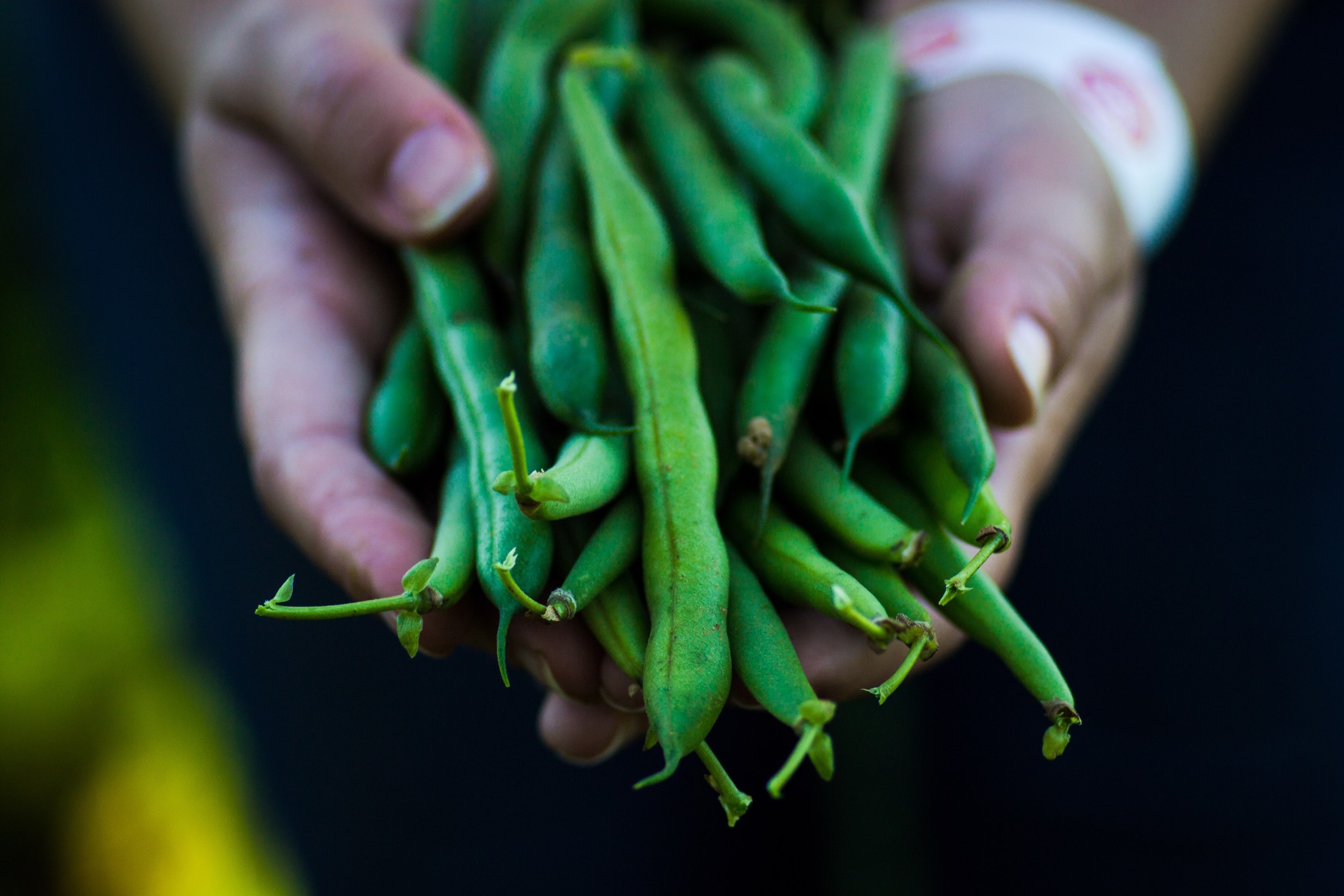POLICIES TO INCREASE REGIONAL FOOD SYSTEM EFFECTIVENESS
Work with existing food policy councils and other advocacy networks to develop more inclusive, supportive, effective food policies and create a stronger advocacy infrastructure
STRENGTHEN POLICY AND ADVOCACY
Policies to Increase Regional Food System Effectiveness
Strengthen food policy and advocacy infrastructures by leveraging existing local, regional, and state food policy councils and other advocacy networks to change policies limiting the development of sustainable, resilient, equitable, and state-level food systems. Food policy council partners should include and represent marginalized community members while addressing issues such as zero waste, urban agriculture, hunger prevention and nutrition assistance, and land access and farm assistance. Ideally, programs will seek to develop and implement a variety of tools, such as food sheds and resiliency plans, while working with local and state officials on initiatives and policies to achieve these goals.
- Supporting food policy councils and other advocates to convene and recruit diverse community members and stakeholders
- Supporting food policy councils to change policies around specific issues like zero waste, hunger prevention, and land access
- Assessments, strategic planning, and evaluation
This promising strategy requires investment in:
- Supporting food policy councils and other advocates to convene and recruit diverse community members & stakeholders
- Supporting food policy councils to change policies around specific issues like zero waste, hunger prevention, and land access
- Assessments, strategic planning, and evaluation
Evaluation of Promising Strategy in Initial Target Regions
Learn more about the Investment Map’s selection of Initial Target Regions.
The region has 11 Food Policy Councils and one Regional Council which addresses major infrastructure such as transportation, planning, and water. Community Food Strategies is a hub of resources for and information on food policy councils. Food policy councils present opportunities for seniors, youth, and marginalized groups to be represented and involved in influencing local to federal government structures, policies, and initiatives serving their communities (e.g., urban agriculture/community garden programs, adopt-a-lot program).
Eat 10% Local, Sustainable, Food Campaign is an interactive statewide advocacy campaign to engage NC residents, and institutional and retail outlets, in achieving the goal of purchasing 10% of their foods from local sources. Duke University’s World Food Policy Center and its partners are developing the North Carolina Food Resiliency Plan.
“In Guilford County, 17.1% of residents and 20.4% of children are food insecure; while 13% of residents in High Point don’t have the skills to cook and prepare healthy meals. Funding is needed to help food policy councils increase their capacity to administer existing programs, add programs, and access more food (Greater High Point Food Alliance).
Piedmont Triad Regional Council’s regional food assessment has been postponed due to COVID-19. The region lacks data on food insecurity and guidance of meeting the need appropriately. COVID-19 is making it difficult for institutions to join food system campaigns.”
Assets:
Duke World Food Policy Center e
Description:
North Carolina Food System Resiliency
Adams Introduces the Local and Regional Farmer and Market Support Act
Food Systems Resilience: Concepts & Policy Approach
Northern New Jersey Regional Foodshed Resiliency Plan
Gaps:
Policy changes made. Metric = number and type of policy changes.
Engagement of diverse community voices. Metric = % of participants at the Table who are directly from within the community (>50%).
Support for community organizing or capacity-building. Metric = $ going to these components/initiatives.
Support for general operating. Metric = amount of $ going specifically into general operating support (not program-related).
Six Food Policy Councils are currently in the WNC region; Catawba and Henderson counties are interested in developing Councils; see Community Food Strategies. Food policy councils and entities present opportunities for seniors, youth, and marginalized groups to be represented and involved in influencing local to federal government structures, policies, and initiatives serving their communities (e.g., urban agriculture/community garden programs, adopt-a-lot program) Eat 10% Local, Sustainable, Food Campaign is an interactive statewide advocacy campaign to engage NC residents, and institutional and retail outlets, in achieving the goal of purchasing 10% of their foods from local sources.
Regional food insecurity rates are 28.1% higher than the estimated North Carolina child food insecurity rate of 26.7 %. COVID-19 is making it more difficult for institutions to join food system campaigns.
Assets: Community Food Strategies
Description:
North Carolina Food System Resiliency
Adams Introduces the Local and Regional Farmer and Market Support Act
Policy changes made. Metric = number and type of policy changes.
Engagement of diverse community voices. Metric = % of participants at the Table who are directly from within the community (>50%).
Support for community organizing or capacity-building. Metric = $ going to these components/initiatives.
Support for general operating. Metric = amount of $ going specifically into general operating support (not program-related).
FOOD PROMISING STRATEGIES
View other promising strategies for investing in NC’s food systems
